Bangkok is home to many of Thailand’s great temples and palaces. But in the long history of the country, one of the few in the world that has never been a colony of a European power, there have been many dynasties that have ruled different kingdoms from different capitals. The journey from Bangkok to Chiang Mai, passing through Ayutthaya and Sukothai, is the great Thai cultural route through the most important monuments of its history.
Bangkok is a city full of attractions, which together create a unique whole. Here you go from boating on the Chao Phraya River to having a drink or dinner in the bars and restaurants on the rooftops of the skyscrapers, from enjoying a spa to losing your mind in the shopping malls, and from staying in some of the best urban hotels in the world to immersing yourself in the atmosphere of the Buddhist temples. In search of Bangkok’s history, head to Rattanakosin, the capital created by Rama I in 1782 on an island formed by the river and a canal. Getting there, traveling by boat on the river, in any of those buses or water cabs that continuously ply its waters, is already part of the experience.
In Rattanakosin is the Grand Palace. There is the palace and the most important temples of Bangkok. If we enter the grounds of the Grand Palace and the adjoining rooms and temples, we enter the culture and history of Thailand with a great sense of wonder. Because in this set as colorful as unreal we walk between temples protected by bells, we pass at the foot of gigantic figures with monstrous faces and we look face to face with demons holding golden domes. It is not the palace itself that we find most attractive but what is around it. Like Wat Phra Kaew, the royal temple, known to all as the temple of the Emerald Buddha because it holds what is the most revered image of the country, a talisman that ensures the magical power of the king and symbolizes the independence and good fortune of the Thais. This temple is the most sacred place in the country. In the mural paintings of some rooms of the temple we see scenes of the Ramakien, the national epic.
There is a very well known image of Bangkok which is that of a gigantic reclining Buddha. It is Wat Pho, the oldest temple, even before the creation of the capital, and famous especially for that 46-meter Buddha image you were talking about, the largest in Thailand. This temple housed what we can call the first Thai university and is still an important center of traditional medicine, especially Thai massage. You have to take advantage of the visit and have a massage in its facilities. It is not the most elegant place in town but it is probably one of the cheapest for how good it is. And it is also pure history.
Across the street, in Lak Mueang, is the city’s foundation stone and home to its invisible spirits. As these spirits are said to have the power to ensure the health of children and the wishes of the faithful, including winning lottery draws, it is one of the busiest temples, always packed with worshippers offering prayers and offerings. It is also one of the best places to contemplate the spectacle of classical dances, which are paid for by the faithful who seek help from the spirits. There, between music and offerings, one can hardly feel the hustle and bustle of modern life in the big capital. And in this temple that marks the kilometer 0 of the Thai roads begins the great cultural route to Chiang Mai that is a dip in the history of this country.
The former capital of Thailand was Thonburi, and to get there you don’t have to go very far as it is enough to cross the river. Thonburi was a fleeting capital, about 50 years, which was created after the Burmese conquest of Ayutthaya. Here we must go to Wat Arun, the Temple of Dawn, which rises on the banks of the river. Already we see that its structure is completely different from the temples we have seen on the other side of the river. This one has Hindu influences, and is therefore a representation of Mount Meru, the center of the world. We have seen that Bangkok and Thonburi appear in history less than 300 years ago. Until the mid-18th century the now immense modern Thai capital was only a small trading post, a sort of port for the royal capital, Ayutthaya, which was about 75 kilometers upstream, up the Chao Phraya River.
Ayutthaya was the capital of a kingdom that, to a large extent, coincides with present-day Thailand. Now we travel a little further back in time, to an era, between the 15th and 18th centuries, when what is now a modest provincial capital was one of the richest, most populous and powerful cities in the world. It could have twice the population of contemporary London and attracted merchants from all walks of life. Chronicles of the time recount that travelers knew they were approaching Ayutthaya because the reflections of golden temples and palaces were visible from miles away. The heart of this city was an island formed by the confluence of three rivers and several canals and was surrounded by a wall 12 kilometers in circumference. This golden age ended in 1767 with the Burmese conquest.
Of this city remain, above all, the temples, many of them in ruins and others that retain the essence of their bare brick structures, without the tinsel of yesteryear. Now it is like a cemetery of temples that evokes the grandeur of times past. There are also many temples that are not in ruins and show the intense life that there is always in Thailand in these places, with visits of the faithful, offerings, lessons from the monks on different subjects. And we also see monks and faithful gluing gold leafs on the Buddha images in a gesture of veneration that has remained unchanged for centuries.
The road back in history continues 350 kilometers further north. Sukhothai was the capital of a former empire that extended over what is now Thailand but also Myanmar and Laos. In the temples Buddha statues reappear, some gigantic and others minimal, always elegant, with sinuous forms that materialize a religious sensibility and a refined aesthetic taste. Here, too, one walks among chedis supported by armies of elephants, canals surrounding altars and palaces that once housed queens. Places of meditation and also of festivities. It must be said that both Ayutthaya and Sukkhothai are on the Unesco world heritage list.
Chiang Mai, the second most populated city in Thailand, was the capital of the Lanna kingdom between the late 13th and mid-16th centuries. It is a modern city that, like the whole country, has developed a lot in recent years. But the old part, a square bounded by canals, still retains its ancient essence. Walking through its streets you will discover remnants of the old architecture, with its wooden houses, its courtyards shaded by large tropical trees and, above all, the great temples, many of which are flourishing religious centers. But get out of Chiang Mai and make a pilgrimage to the nearby Doi Suthep temple, atop a hill and climb up a 300-step staircase flanked by two snake-gods, offers a sweeping view of Thailand’s highest mountains. It is the holiest temple in northern Thailand and from where the views are majestic. Beyond these mountains stretches the Golden Triangle, home to hill tribes that offer another facet of Thailand’s cultural richness.
-Thailand News (TN)
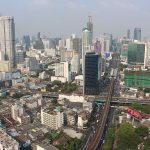










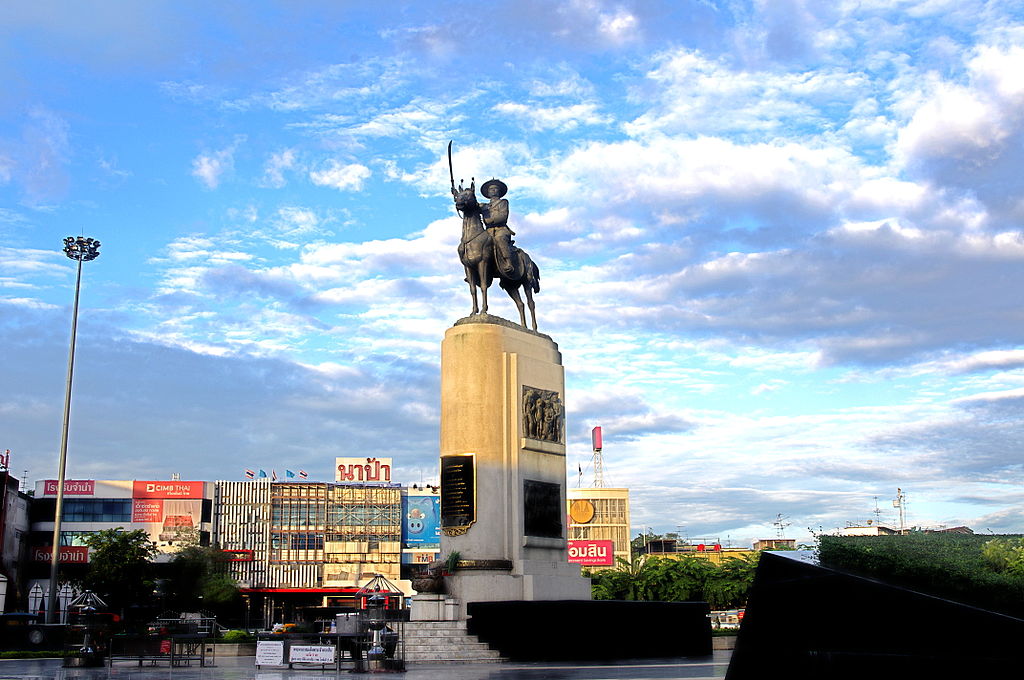
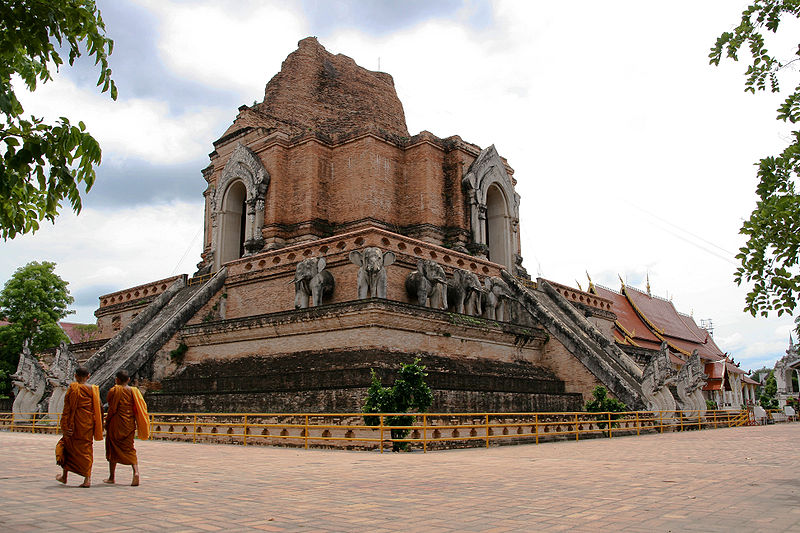



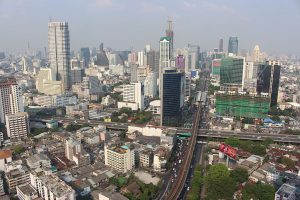
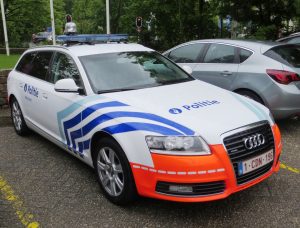





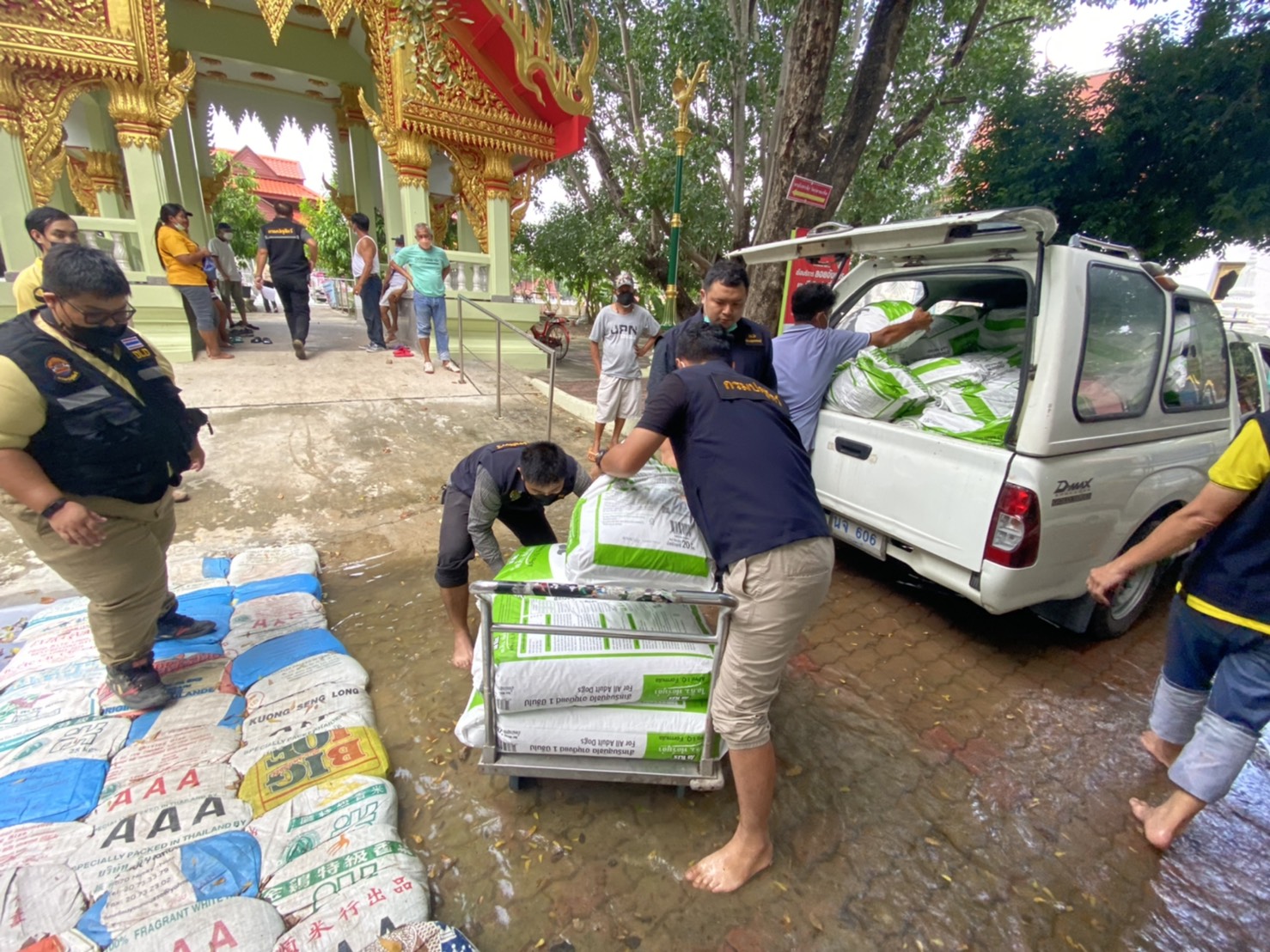




+ There are no comments
Add yours